Air Methods Helicopter Air Ambulance Night Take Off Tree Strike (BK117B2 N880SL, Hartford, IL)
On 24 April 2025 Air Methods (ARCH) Airbus BK117B2 air ambulance N880SL was destroyed taking off from outside a fire station in Hartford, Illinois. The three occupants were all seriously injured.

Air Methods Airbus BK117B2 N880SL Accident Site View (Credit: Hartford Fire Department)
The US National Transportation Safety Board (NTSB) issued a remarkably rapid but sadly perfunctory final report on 20 June 2025. This article has had to draw heavily on content from the NTSB Docket that were unused in the final report.
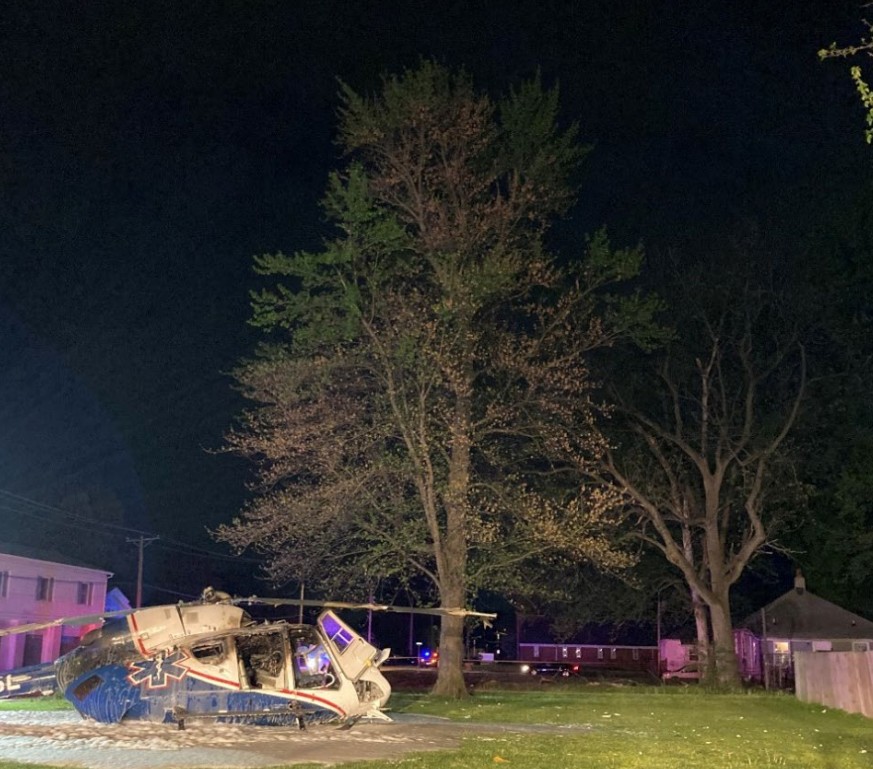
Air Methods Airbus BK117B2 N880SL & Tree: Accident Site View (Credit: Hartford Fire Department)
The Accident Flight
The pilot (7404 hours total, 1277 on type) arrived at the Air Methods’ Granite City, Illinois base at c 18:30 for a night shift.
Shortly after completing the pre-flight on the helicopter the flight nurse asked if the helicopter would still being going to a ‘public relations’ event at the Hartford Fire Department, landing at an ad hoc “confined area landing zone” next to the fire station. The PR event was actually inter-agency training.
The pilot recalled that the outgoing pilot…
…described the obstacles surrounding the LZ, powerlines on the north and east sides with trees on the west and south side. I also reviewed the aerial photo of the LZ in Google Earth. I anticipated landing either from the north or south along the north/south road just east of the grass LZ. I also noted some map features to help me locate the LZ once I was over Hartford. Ryan offered to drive up to the LZ to be present on the ground with a flashlight to help me locate the LZ. Given the information I received I made the decision to go forward with the PR.
The manifest and Air Methods Flight Risk Assessment Tool (FRAT) were completed and submitted to the company Operational Control Center. The FRAT score, timed at 19:11, was 18 based on four items scoring 4 or 5 each (a PR flight scores a 4). There is no information that elaborates on the current Air Methods FRAT methodology in the Public Docket. The form used has 43 questions scoring from -1 to 150, suggesting 18 is probably a low score.
The NTSB report doesn’t discuss Air Methods’ procedures. The public docket contains two brief extracts from the Air Methods’ General Operations Manual (GOM) (2 pages) and Training Manual (4 pages). An extract from each follows:
The BK117B2 has a D-value (i.e. overall dimension) of 13 m (42 ft 8 in) and a main rotor diameter of 11 m (36 ft 1 in).
On arrival at Hartford, the pilot performed a high level recce to identify the site and the adjacent obstacles (a tree and power lines). The site is shown below:
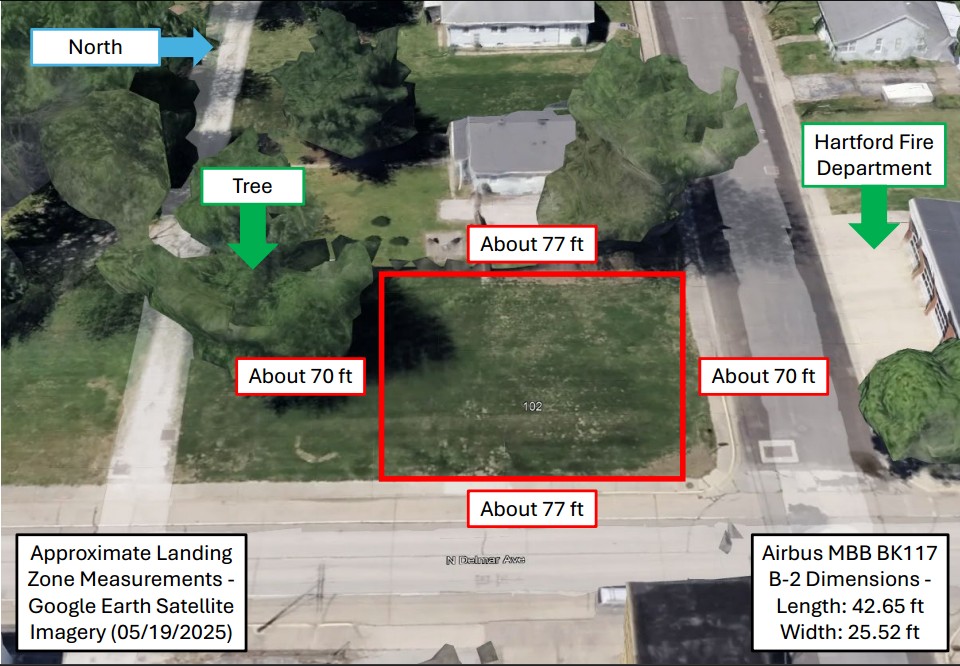
Landing Site Opposite Hartford FD (Credit: via NTSB: source of annotations unspecified, North to Top)
The BK117B2 width quoted above by the NTSB is the 7.78 m minimum width when parked, not the width of the rotating main rotor! Strictly, with the east/west road closed the site width would be greater than 70 ft so assuming the minimum dimension is indeed (as shown) 77 ft and the BK117B2 D-value this is a 1.8 D site vs the ‘normally’ 2 D size specified in the GOM. Seen from ground level the site has trees on two sides (we estimate as c 15 m high) and electricity wires (c 8 m high) on the other two (the wires along the north/south road precluded the LZ extending into that road).
The pilot then performed what was he described as a “low recce” while simultaneously performing a “steep approach”, to land at the LZ (consistent terminology with the Air Methods GOM). Video of the landing suggests the aircraft approach from the south (which required passing over a much taller east/west power line one block south of the LZ).

Air Methods Airbus BK117B2 N880SL Approaching Landing Site from South (Credit: via NTSB, filmed from outside Hartford FD building looking west)
He noted that:
At some point during the final descent into the LZ I asked the crew to clear the tail so I could rotate it away the powerlines. They cleared the tail, and I rotated the tail to the left. Before settling the aircraft on the ground, I rotated the tail again, so the aircraft was facing the fire station. I performed the engine shut down procedure.
The pilot explained that after several hours of ground training for the Fire Department conducted by a Flight Nurse…
The medical crew and I performed a preflight walk around and entered the aircraft. At some point after putting on my helmet and before takeoff, I noticed I could not see the uppermost wire on the northside without the aid of the NVGs and decided to make the
departure with the NVGs down.
NTSB comment that “ground personnel illuminated the power lines” and the pilot also has the “helicopter’s searchlight activated”. The pilot brought the helicopter into a low hover. He recalled:
I used the powerlines in front of me for reference as I climbed up and to the right out of the LZ. Shortly after, in the climb, the aircraft stopped climbing, made a sudden turn around the yaw axis and descended rapidly impacting the ground.

Images Moments Apart as Air Methods Airbus BK117B2 N880SL Contacts a Tree During Take Off (Credit: Witness Video via NTSB)
After training at a Fire Department a BK117 air ambulance crashes after contacting a tree behind it during take off from a confined site.aerossurance.com/helicopters/… #helicopter #airambulance #flightsafety #aviationsafety
— Aerossurance (@aerossurance.bsky.social) 2025-08-16T12:48:55.852Z
The NTSB conclude that:
During the initial climb, the helicopter inadvertently drifted rearward, and the tail rotor system impacted the tree. The helicopter rotated to the right, descended, and it came to rest partially upright.
After training at a Fire Department a BK117 air ambulance crashes after contacting a tree behind it during take off from a confined site.aerossurance.com/helicopters/… #helicopter #airambulance #flightsafety #aviationsafety
— Aerossurance (@aerossurance.bsky.social) 2025-08-16T12:49:53.276Z
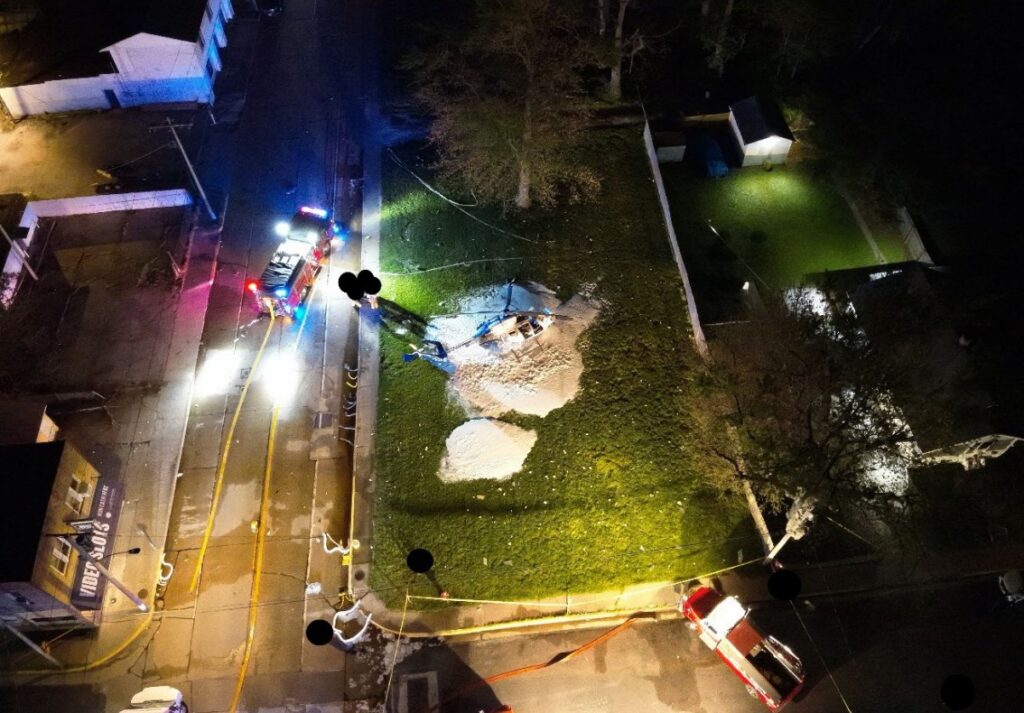
Air Methods Airbus BK117B2 N880SL Accident Site View (Credit: Hartford Fire Department)
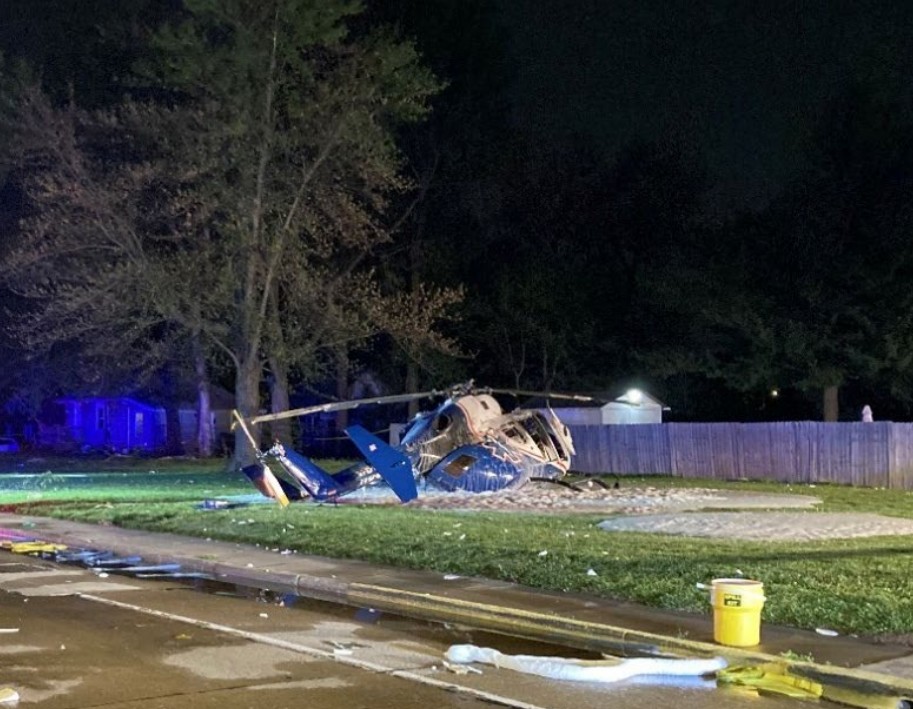
Air Methods Airbus BK117B2 N880SL Accident Site View (Credit: Hartford Fire Department)
The observe that:
The helicopter was not equipped with a crash resistant fuel system, nor was it required by regulation.
Shortly after impacting the ground, a postimpact fire initiated, and partially consumed the helicopter.

Air Methods Airbus BK117B2 N880SL on Fire (Credit: Witness Video via NTSB)
Not surprisingly considering the accident location:
The fire department was able to immediately perform fire suppression efforts on the helicopter.
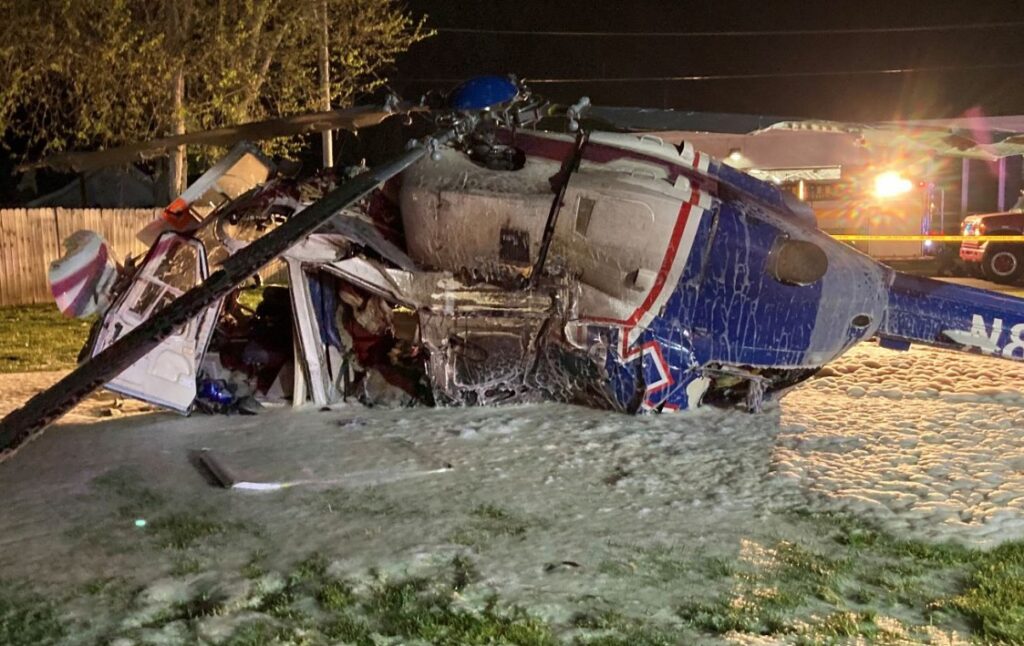
Wreckage of Air Methods Airbus BK117B2 N880SL (Credit: Hartford Fire Department)
NTSB comment that:
The front right seat pilot and the rear left seat (aft facing) flight nurse were able to egress on their own from the helicopter. The front left seat flight nurse required assistance from ground personnel to egress from the helicopter.
One of the crew members suffered a back injury. One had a head injury, and one had back, neck and head injuries.
NTSB Probable Cause
The pilot’s failure to maintain directional control during the initial climb at night from a confined area landing zone, that resulted in an impact with a tree, a loss of control, and a subsequent impact with terrain.
No safety recommendations are made and no safety actions are recorded.
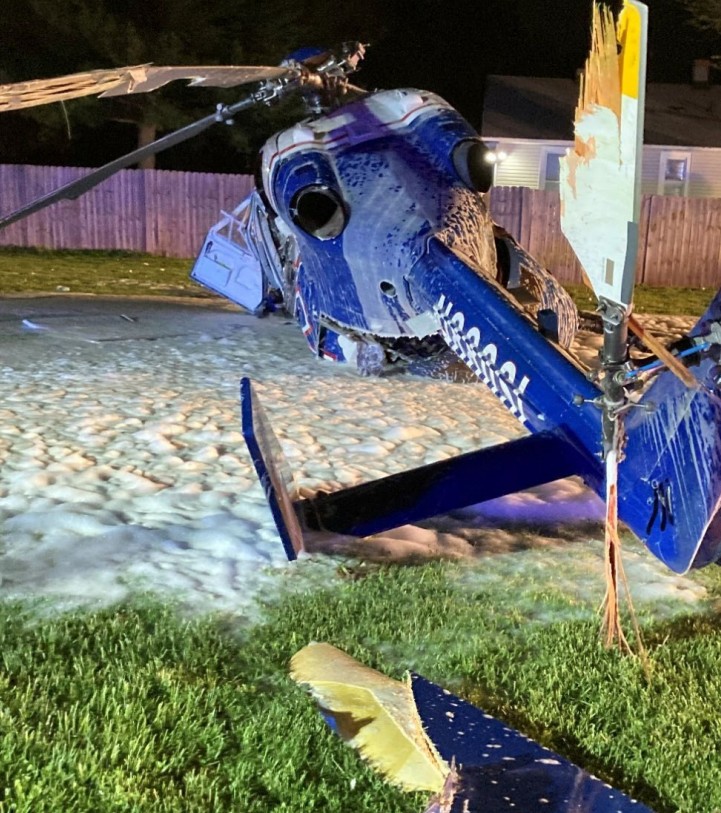
Wreckage of Air Methods Airbus BK117B2 N880SL (Credit: Hartford Fire Department)
Our Safety Observations
Once again the use of a pre-flight FRAT seems to add little value. Perhaps surprisingly, night flights and confined landing sites aren’t considerations in the 43 questions. “Landing site criteria” are certainly meant to feature in such risk assessments according to the FAA.
Having landed at an ad hoc site, if weather and lighting are unchanged, the departure should be lower risk, including because of the opportunity to do a further sire recce from the ground. Though this also means though that confidence in a safe departure being achieved will normally be higher, which could result in lower attention.
The pilot, albeit according to their own statement, did pay considerable attention to adjacent obstacles, though the emphasis, as recorded in the statement, perhaps was more focused on the wires ahead than the trees behind. This could also result in these prominent wires seeming closer as the aircraft increased to a similar height, encouraging a slight drift back.
The site does appear smaller that that “normally” required by the GOM. As there was no emergency need to land there, one might think the site selection was inappropriate. However, as noted above, landing site characteristics were not part of Air Methods FRAT and the GOM was ambiguous. For example there was no definition of “normally” and when smaller site might be considered. The GOM specifies “twice the overall length and width of the helicopter” and “Landing zones may have any shape“. For a conventional helicopter the width would always be smaller than the overall length and combined with the second sentence might encourage operating into narrower sites than appropriate, restricting the ability to manoeuvre.
The FAA do not specify a minimum landing site size. The Air Methods GOM makes no distinction between day and night operations at unsurveyed, ad hoc landing sites. In Europe, EASA, in (as do UK CAA) increase the size of unsurveyed sites at night to 4D long & 2D wide. UK HEMS pilot George Williams provides excellent discussions on 2D or not 2D – How much room do I need to land a helicopter? and HEMS Landing Sites – Reliable places to drop your medics

Air Methods Airbus BK117B2 N880SL Daytime Accident Site Views (Credit: AMC via NTSB)
The GOM also states “As a minimum, obstructions shall be cleared by 30 feet during approach and departure”. It is not explicit if that is laterally or vertically. One might assume this is vertically (as a lateral clearance would be more logically based on D-value to scale depending on aircraft size).
Yet again no use is made in the investigation of any Flight Data Monitoring (FDM) data (since 2017 FAR 135.607 has required US helicopter air ambulance operators to have an FDM System fitted), possibly due to the witness videos available.
The NTSB do not serve the industry or public well by such a simplistic report.
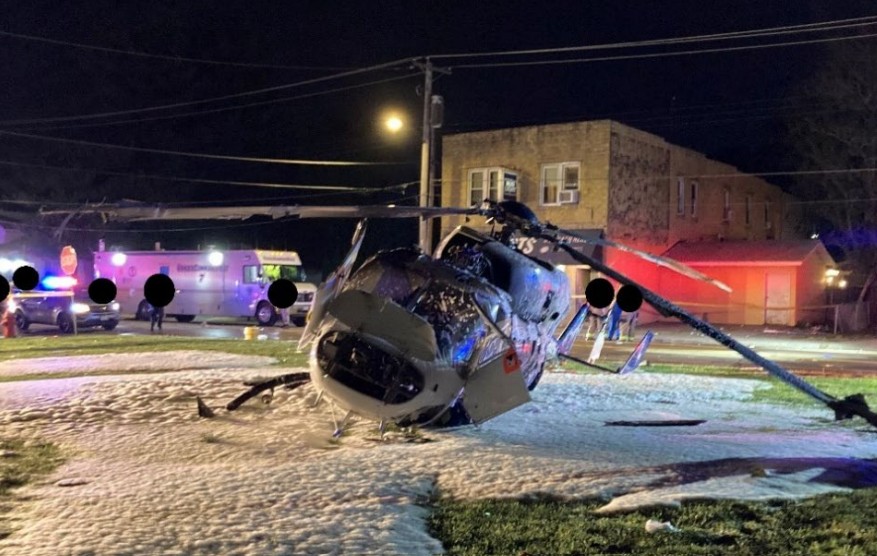
Wreckage of Air Methods Airbus BK117B2 N880SL (Credit: Hartford Fire Department)
Safety Resources
The European Safety Promotion Network Rotorcraft (ESPN-R) has a helicopter safety discussion group on LinkedIn. You may also find these Aerossurance articles of interest:
- Low Recce of HEMS Landing Site Skipped – Rotor Blade Strikes Cable Cutter at Small, Sloped Site
- AW109SP Helicopter Air Ambulance Mountain Landing Accident Utah
- Air Ambulance EC135 Loss of Control & Main Rotor / Engine Overspeeds
- Night CHC HEMS BK117 Loss of Control
- Austrian Police EC135P2+ Impacted Glassy Lake
- US Fatal Night HEMS Accident: Self-Induced Pressure & Inadequate Oversight
- EC135 Air Ambulance CFIT when Pilot Distracted Correcting Tech Log Errors
- AAIB Report on Glasgow Police EC135 Clutha Helicopter Accident
- Korean SAR S-76B Mountain Rescue Accident 2020
- That Others May Live – Inadvertent IMC & The Value of Flight Data Monitoring
- US Air Ambulance Near Miss with Zip Wire and High ROD Impact at High Density Altitude
- Hanging on the Telephone… HEMS Wirestrike
- Norwegian HEMS Landing Wirestrike
- HEMS Pilot Seizure While Rotor-Running
- BK117 Offshore Medevac CFIT & Survivability Issues
- Police Helicopter Unanticipated Yaw & Fatal Water Impact
- EC135 Air Ambulance CFIT when Pilot Distracted Correcting Tech Log Errors
- Managing Interruptions: HEMS Call-Out During Engine Rinse
- Distracted Dynamic Rollover
- Sécurité Civile EC145 SAR Wirestrike
- Dusk Duck: Birdstrike During Air Ambulance Flight
- HEMS AW109S Collided With Radio Mast During Night Flight
- Air Ambulance Helicopter Downed by Fencing FOD
- Ambulance / Air Ambulance Collision
- Multi-Tasking Managers & Deficient Operational Control: Low Viz AS350B3 Take-Off Accident
- A HEMS Helicopter Had a Lucky Escape During a NVIS Approach to its Home Base
- NVIS Autorotation Training Hard Landing: Changed Albedo
- Why a Collective Control Came Loose in a Pilot’s Hand…
- Man Hit By Aircraft During Arctic Nuclear Sub Exercise
- Air Ambulance Night Wirestrike at Poorly Chosen Landing Site
See also:
- 2D or not 2D – How much room do I need to land a helicopter?
- HEMS Landing Sites – Reliable places to drop your medics
- EHEST Leaflet HE 3 Helicopter Off Airfield Landing Sites Operations

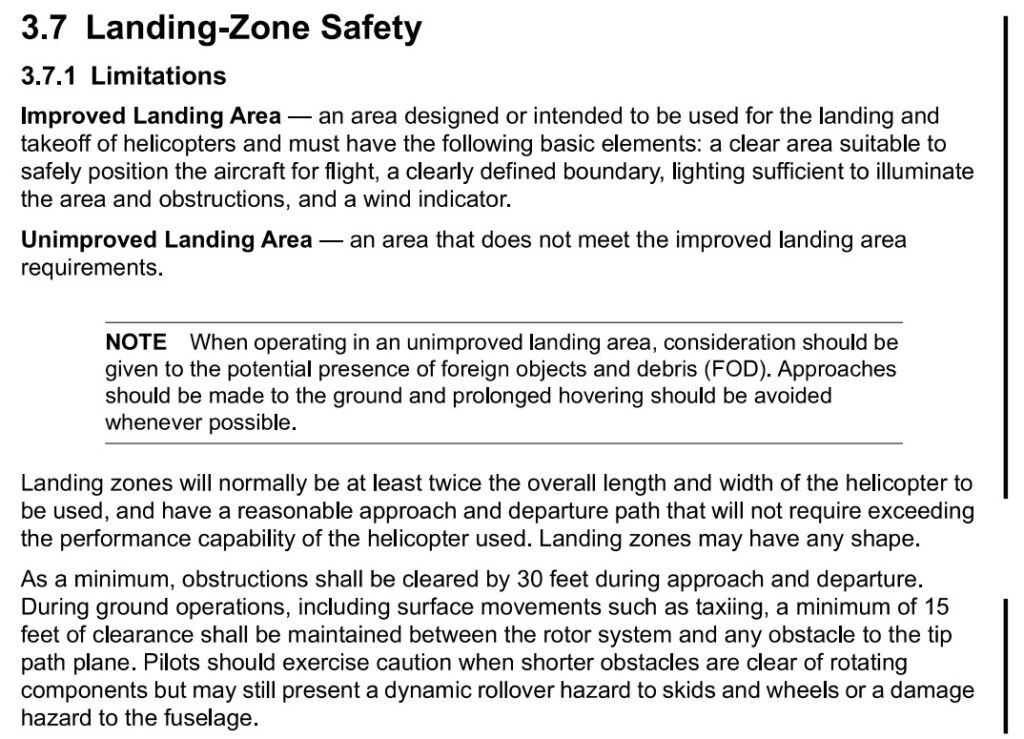


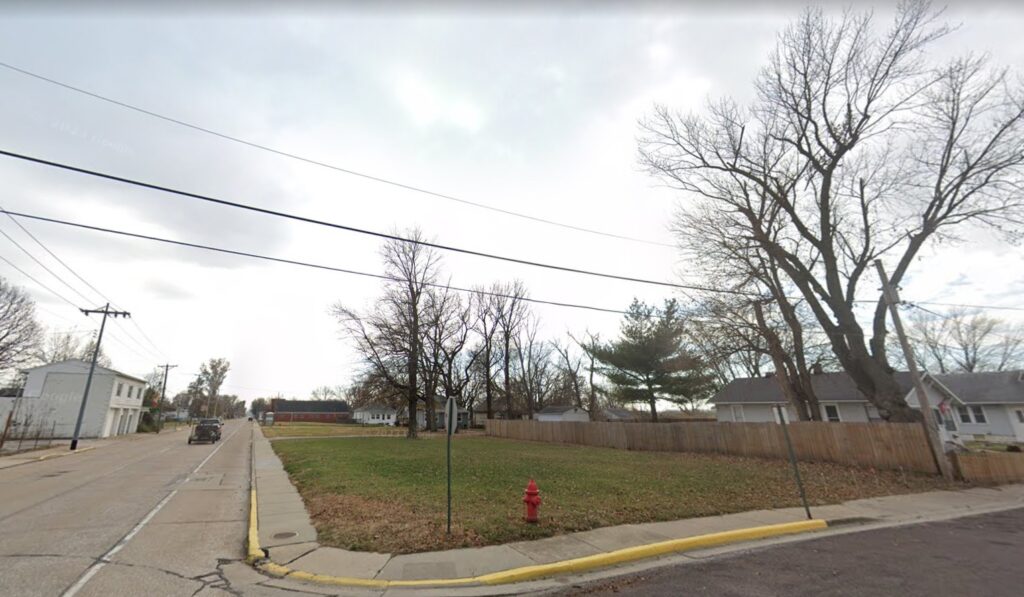
Recent Comments